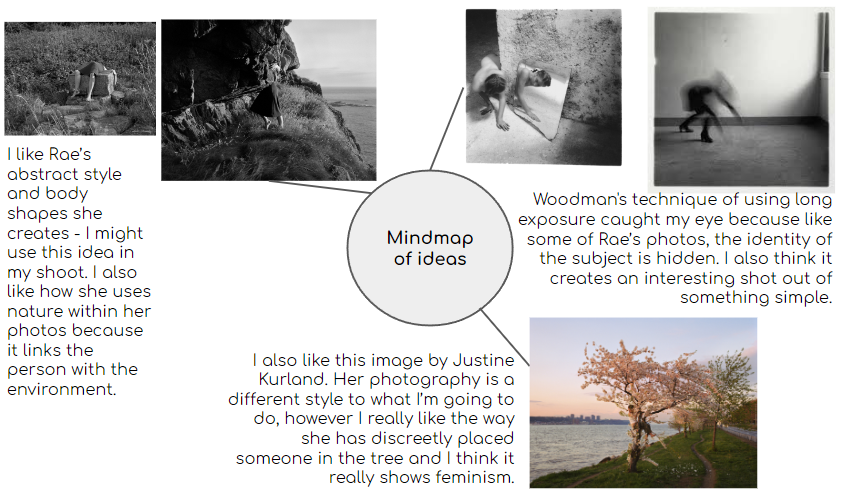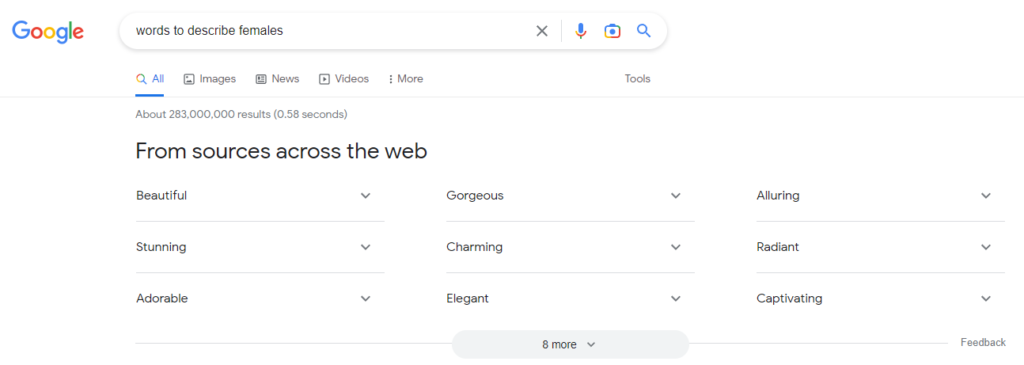
- Claud Cahun
- Cindy Sherman
- Walter Pfeiffer
- Clare Rae
- Lissa Rivera
- Francesca Woodman



What is femininity? qualities or attributes regarded as characteristic of women or girls.
What is masculinity? qualities or attributes regarded as characteristic of men or boys.
The stereotypical thoughts about women are generalised into a category that portrays beauty and elegance. Although we are currently in a time of equality and opposition to sexism, as a society we have set ideas about what each gender is. The common idea of a woman is expected to have small body features, natural beauty, long hair and to be seen as subordinate to men. This stereotype is easily found on the internet and presents society’s set perceptions.

However woman have the possibility to be the complete opposite of what they are ‘meant’ to be. Claude Cahun shows this in their work where they test the stereotypical gender roles through photography with their partner Marcel Moore. With their shaven head and male attire defying conventical ideals of beauty and femininity, and their direct resistance of the occupying forces, Claud showed how genders were able to experiment. Expressing a gender-nonconforming identity, this was not in popular use at the time and caused difficulty for them. Moving to Jersey in 1937 with their partner (and stepsister), they lived in St Brelade and enjoyed a quieter life. However, when the Germans invaded in 1940s they were disrupted. Claud and Moore decided to create a two-person resistance campaign bent on inciting rebellion and dissension amongst German troops. They would place messages in cigarette packets and in car windows of German soldiers with messages on in hope to inspire rebellion from within the army. They were caught four years later and given a sentence of six years in prison and a death sentence, however the death sentences were commuted and they were both let out when Jersey was liberated in 1945.

Gender and identity can be influenced by place, upbringing, geography and more. I have chosen to focus on femininity as there is a loss of identity for women across the world. An example is in Kabul, Afghanistan. Since the Taliban took over in 1996 women in Afghanistan have been under strict rule and prosecuted for simple things such as walking alone in public. Part of the Taliban’s rule is for women to wear full burquas, covering their body and face. This shows how geography and religion can take away identity.
Winston Churchill stated ‘We shape our buildings; thereafter they shape us’. In 2017, surveys undertaken by scientists at the University of Surrey for the National Trust revealed that ‘meaningful places’ played a key role in shaping people’s identity, across all ages; 67% of younger people said their meaningful place has shaped who they are. This clearly shows that ‘place’ is a key aspect to a persons identity. I might investigate this in my photoshoot by using household items and rooms. The idea that our surroundings can effect our feelings and behaviours as well as identify has been recognised for a long time, but was formally recognised with the rise of the field of environmental psychology in the 1970s. Since then, the interrelation between place and society has been explored by many writers and thinkers.
There are many other things that san affect identity such as cultural identity, social identity, political identity, loss of identity, stereotypes and more. However in my work, where I will focus on femininity, I want to show the loss of identity through women in todays society.